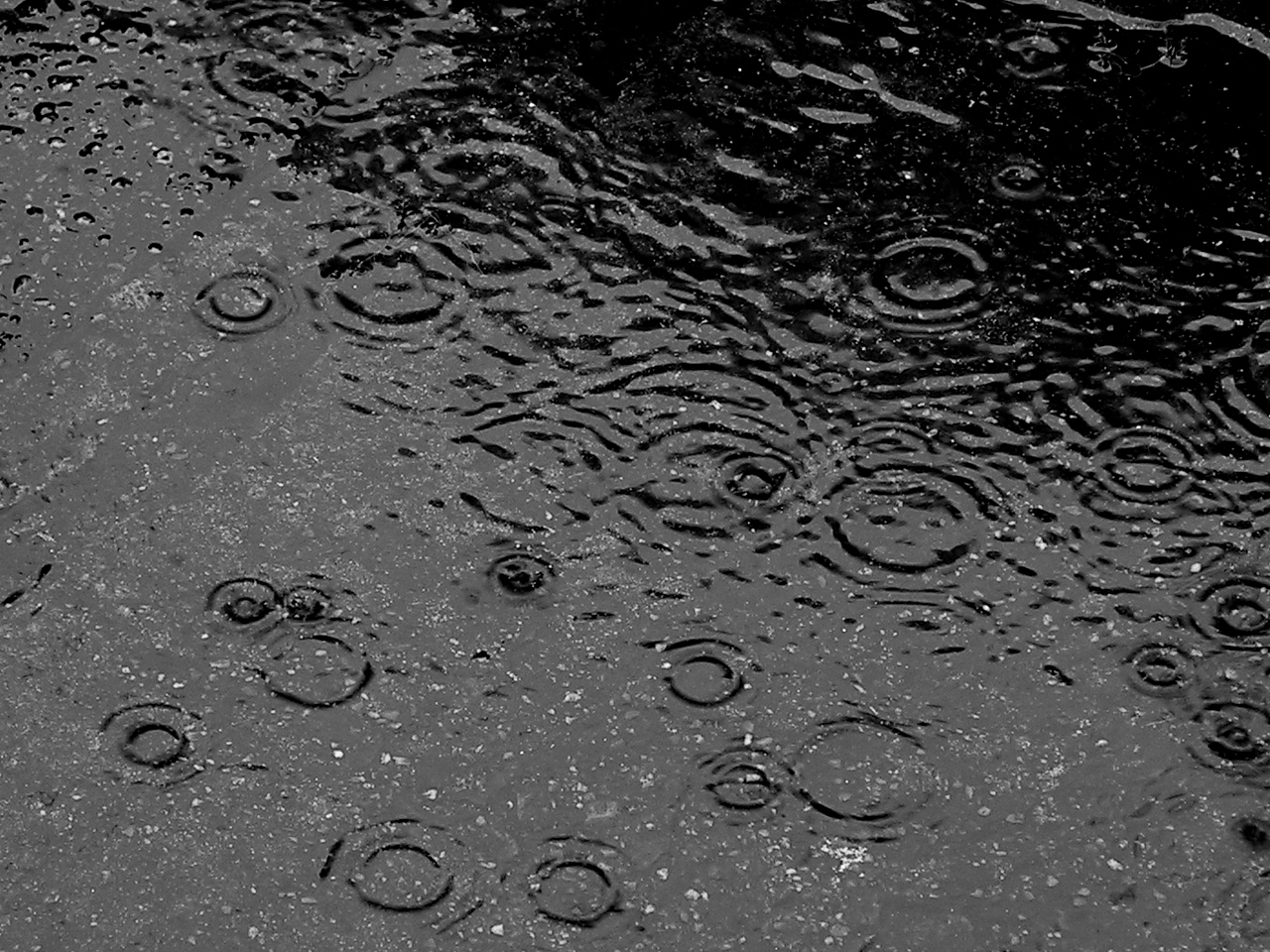
Over the past week, a lot of rain has fallen across California. Orchard access should be limited during periods of wet soil to reduce soil compaction as well as stuck equipment. Limiting access, however, creates challenges in performing a variety of orchard operations, including the list below.
Winter Sanitation. Removal of almond mummies from trees is critical for Navel Orangeworm management (NOW). Many operations usually wait for the first rains to help with leaf drop and to help “loosen” the mummies. In wet years, however, it becomes difficult to winter shake the trees as orchard conditions remain too wet for access of shakers. Furthermore, the “window” to winter shake is limited on the late end as fruit bud loss increases as trees enter delayed dormancy and buds swell (Mid to late January, depending on location). To manage this limited access, operations should consider poling crews. If these aren’t available, and sanitation is not performed, a spring timed (usually late April through early May) insecticide can reduce overwintering NOW. This strategy is not as effective as winter sanitation, but is better than doing nothing. Insecticide sprays targeting NOW in the dormant period are NOT effective due to NOW pupae being inside of the almond mummies.
Planting bare root trees. Hand planting crews have an easier time than machine planting due to limited field access. If planting delays occur, trees should be placed into cold storage at the nursery as soon as possible to reduce the risk of leaf out and weakened trees. Keep trees in cold storage until ready to plant. Unless there is no other option, do not take delivery of trees in bins or plant them in a temporary location at the farm. On delivery, check tree roots to make sure they are healthy and living (should be white in color), plant, and apply 3-5 gallons of water to reduce air pockets around the roots. This “tanking in of trees” becomes critical in wet soils since clods of wet soil tend to create more air pockets. Trees planted late (e.g. mid-April) should be painted white to reduce sun-burn risks.
Fumigation. With limits on Telone-II from township caps as well as VOC air regulations, fumigation has become more common in the early spring. Too wet of soils reduces the efficacy of fumigants due to reducing the movement of the gas within the soil as well as increasing the rate of chloropicrin breakdown. The breakdown of Telone-II, however, is slower in cold, wet soils and often residual fumigant can remain longer in the soil, which can kill tree roots. Prior to planting, soil fumigant levels should be checked by the fumigant applicator.
Pre-emergent herbicides. Delays in pre-emergent herbicide application from rain can create a number of issues. Rain events knock down debris that can hinder the application or uniform incorporation of herbicides. Consistent rains limit field access which, in combination with warming temperatures in the spring, increases weed germination and rapid growth. Delayed applications of pre-emergent materials will likely require tank mixing with burndown herbicides and possibly even a separate , post-emergent herbicide application. On very sandy soils, high rainfall events may also move some pre-emergent herbicides into the tree rootzone, which may impact plant performance if the tree is active.
The choice of pre-emergent herbicide and timing can help manage these issues. If a lot of debris is on the berms, first attempt to clean the berms with a blower or sweeper for better herbicide to soil contact. If not possible, avoid pre-emergent herbicides that are more tightly bound to organic matter (e.g. indaziflam, pendimethalin). Survey germinated weeds to make sure the proper burn-down material is included in the mix. If applying pre-emergent materials late, consider reducing to the material applied to lower end of the label rate. Furthermore, in future years, consider a split-application program in which rotated pre-emergent chemistries are applied twice – once in late November/December and the other in March or April.

